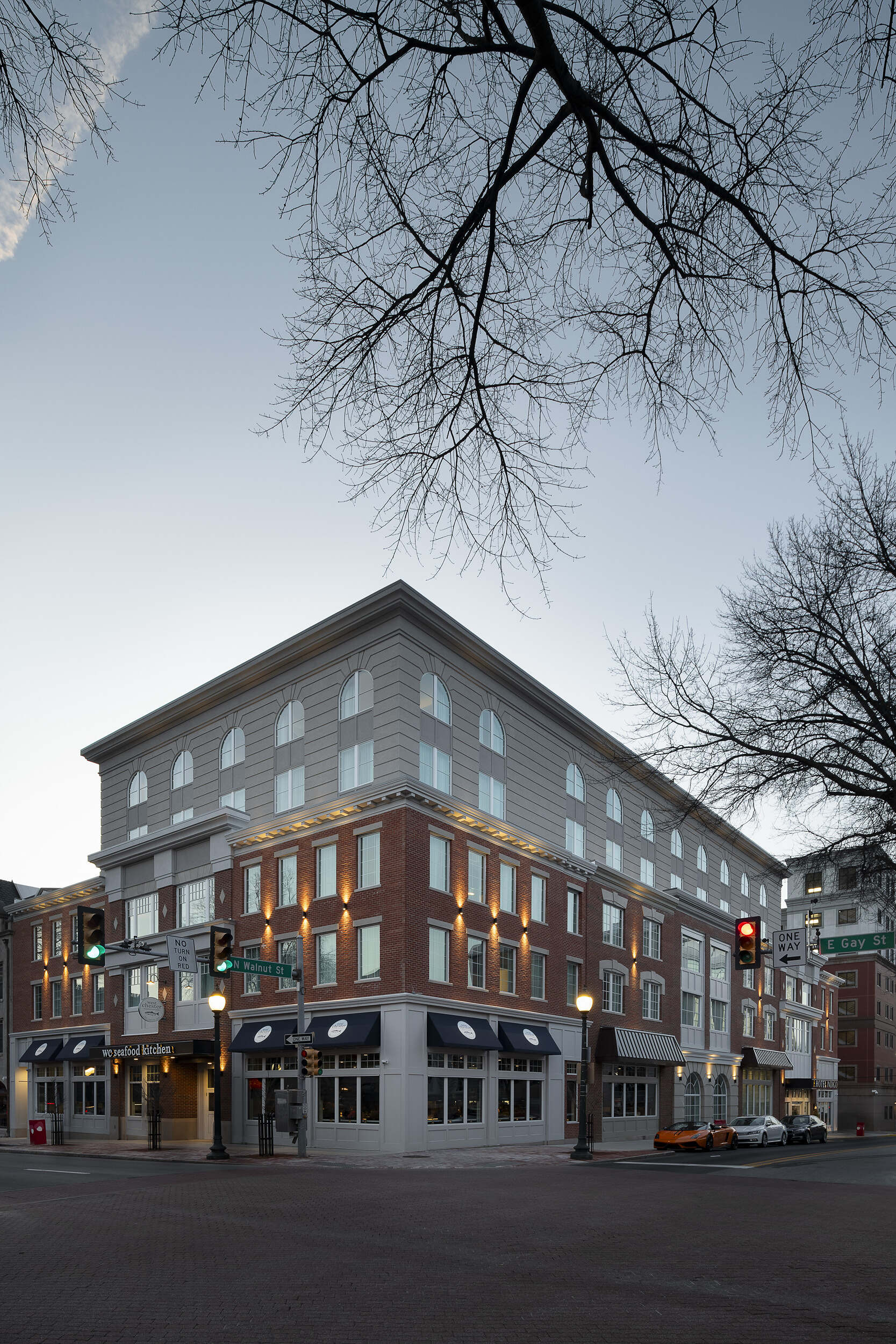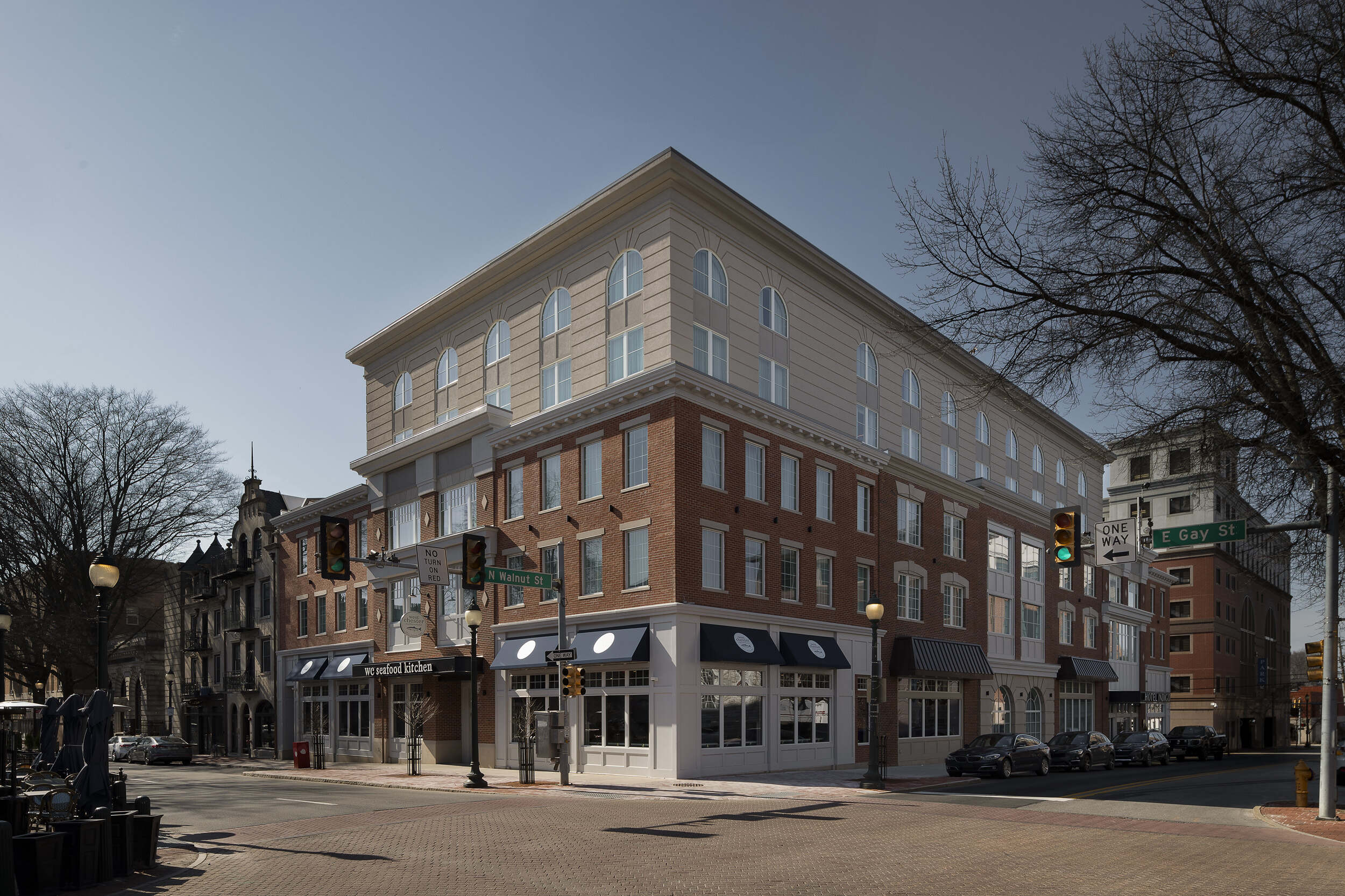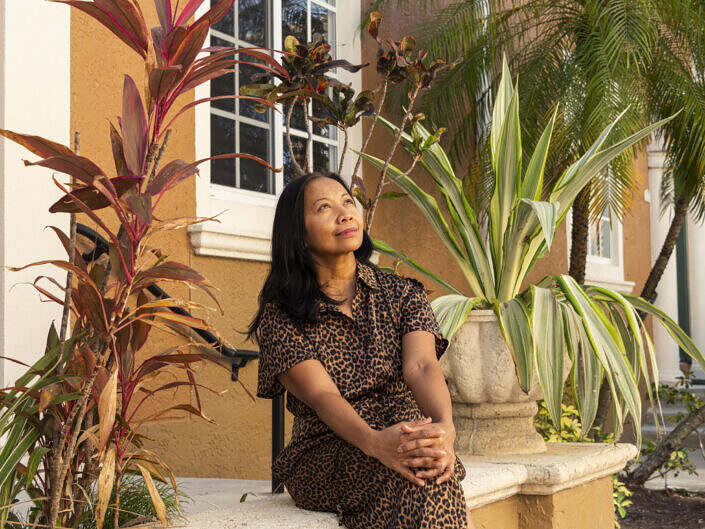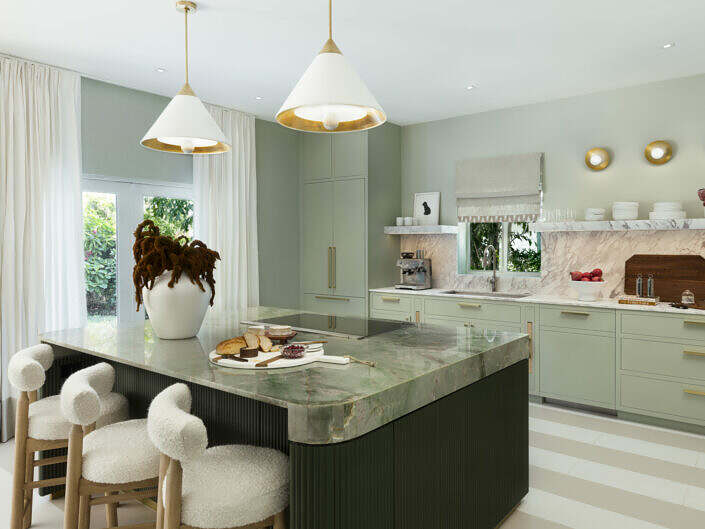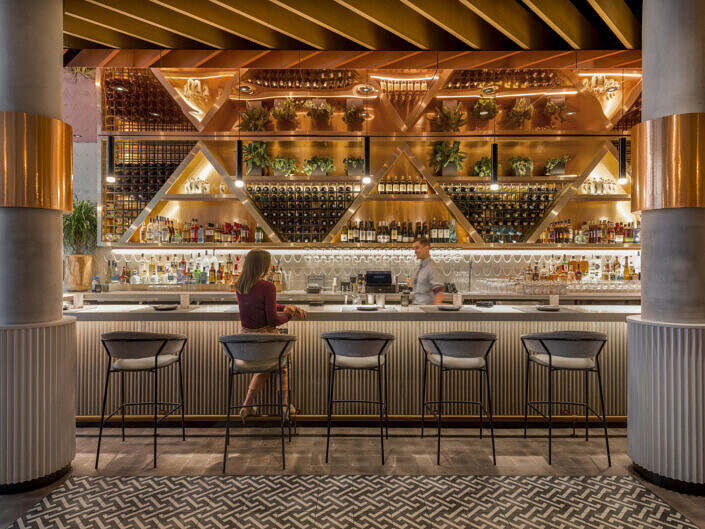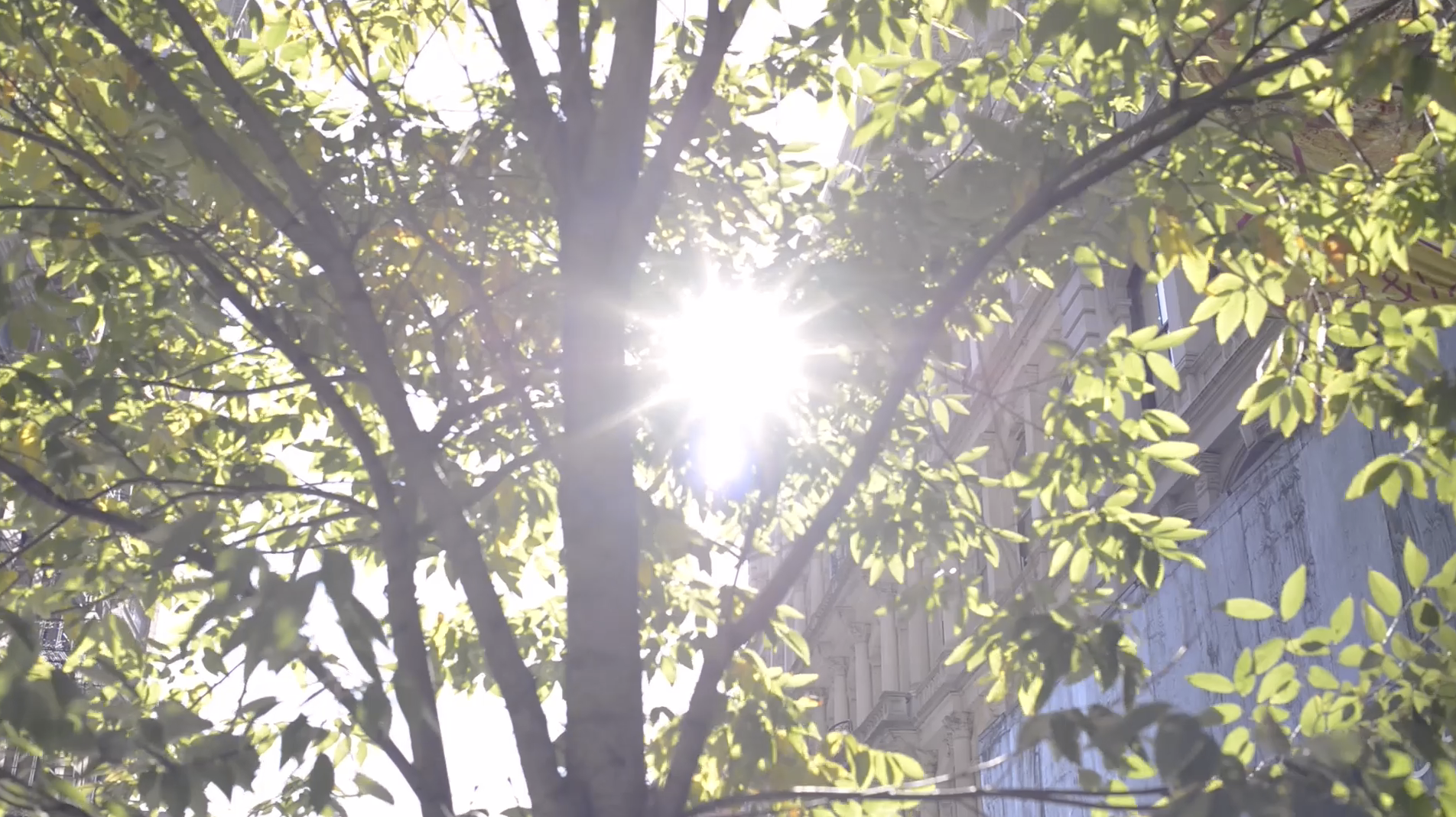Hotel Indigo, IHG
From setbacks to serendipity, photographing a hotel that embodies the character of West Chester.
Hotel Indigo is nestled right in the heart of downtown. An area alive with boutique shops, cafes, history, and local character. Known for its historic character brick sidewalks, cobblestone elements, a mix of Greek Revival, Classical Revival, Colonial, and Federal style architecture in commercial and residential buildings.
In March of 2025, I spent four days in downtown West Chester, PA, on assignment for Hotel Indigo. What was meant to be a straightforward shoot quickly became a test of patience and perseverance. My flight to Philadelphia was delayed forty-five minutes, and I spent nearly five hours freezing in the terminal. One of my bags, carrying a diffuser and bracket, went missing. By the time I reached the hotel, I was already ordering replacement gear. The next morning, I wasn’t feeling well but pushed on. Then the cascade began: my drone crashed, my strobe transmitter shattered, my laptop kept crashing, and on the last day a strobe light broke. Somewhere in the chaos, I even managed to slam my finger in the car door.
And yet, despite the setbacks, the city and the hotel revealed themselves in ways that made it all worthwhile.
The hotel has 108 rooms, spanning from the ground floor up to the sixth. It combines boutique design with local storytelling in every part of its spaces. Inside guest rooms and in public spaces, there are many symbols of local culture: artwork inspired by regional history, portraits (e.g. Frederick Douglass, who gave his final public speech at West Chester University in 1895), historic images, quotes, design elements that reference the town’s past.
Even closet door handles have symbolic touches like a golden ram motif.
The lobby and public areas are strongly influenced by West Chester’s history. Especially its early clockmaking heritage. For example, the lobby floor features a large clock-face mosaic. Hallway carpets echo sun dappled cobblestone sidewalks from downtown.
One of the highlights of the assignment was exploring the hotel’s culinary side. The restaurant is more than just a dining space. It feels like a stage for the city’s flavors. Centered around a lively raw bar, the menu celebrates fresh seafood, served in a space where travelers and locals gather side by side.
Tucked away on the lower level, behind an unmarked door, lies Room 109, the hotel’s basement speakeasy. I remember stepping inside and being struck by the way vintage glamour and soft, golden light met in every corner. After a week of gear failures, delays, and unexpected troubles, it became the kind of space where everything seemed to quiet down; the atmosphere offered calm, shadow, and reflection. The drink menu leans on craft cocktails and fine wines, drawing on the speakeasy theme. This isn’t just bar service, it’s theatrical, intimate, relaxed, and evocative.
The food and the drinks, both of which I enjoyed immensely. They were more than a pause in the workflow; they were part of the story, part of the experience of capturing this hotel and its spirit.
What I found inspiring was how the architecture of the hotel interacted with the city. The grandeur of high ceilings, the arrival of natural light through windows that look out onto historical buildings, the way the streetscape frames views. These are the things that make a place feel alive. The hotel is not isolated; it breathes with the town. In lighting, angle, composition, I worked to show that relationship.
Yes, there were many technical fixes, “delete, redo, order a replacement” moments. But in that mess and challenge lies something I cherish: authenticity.
